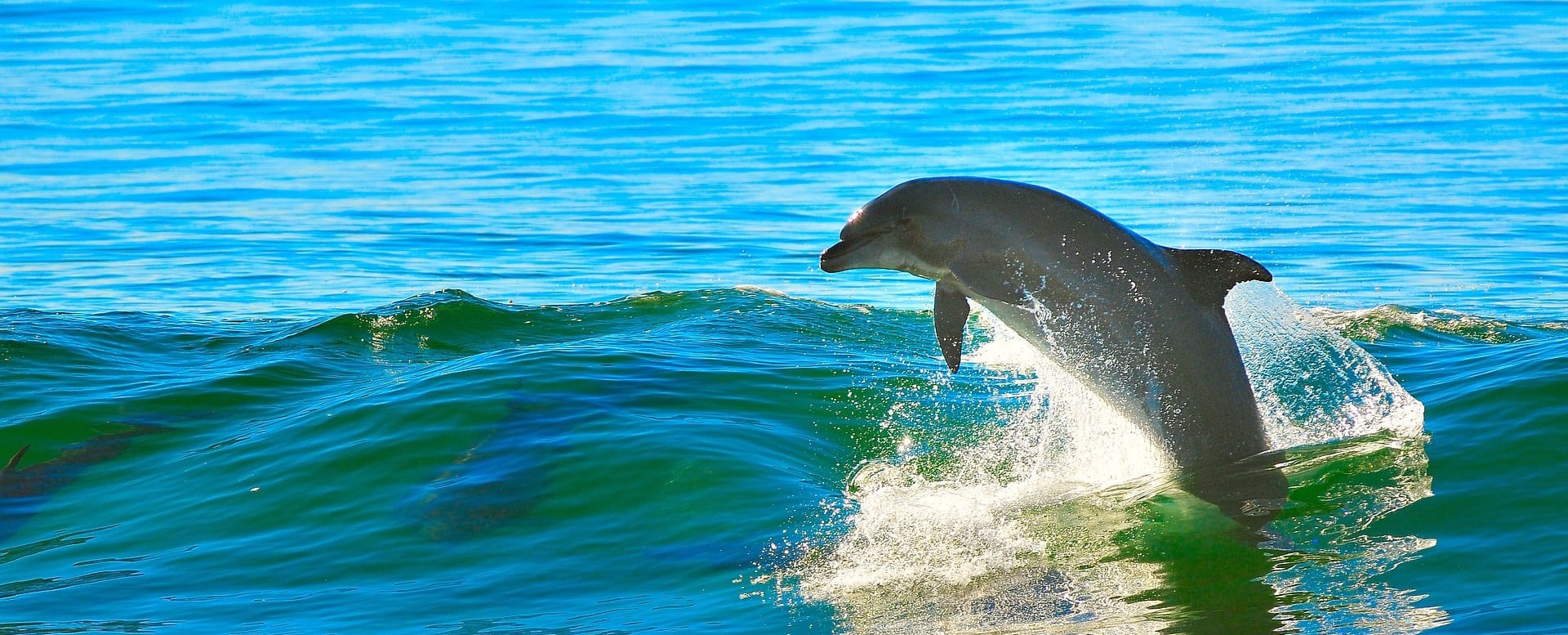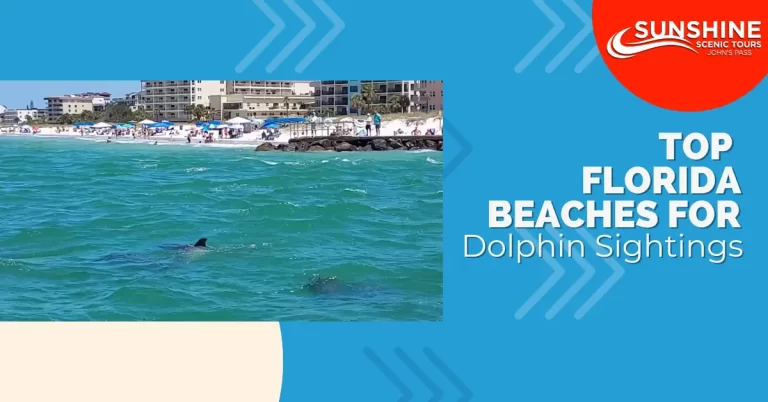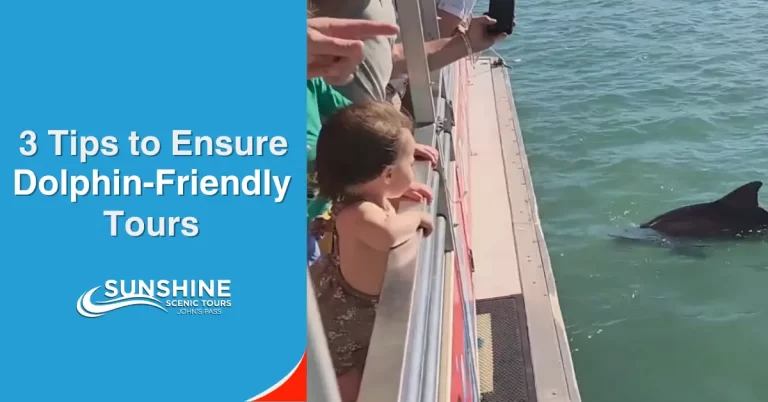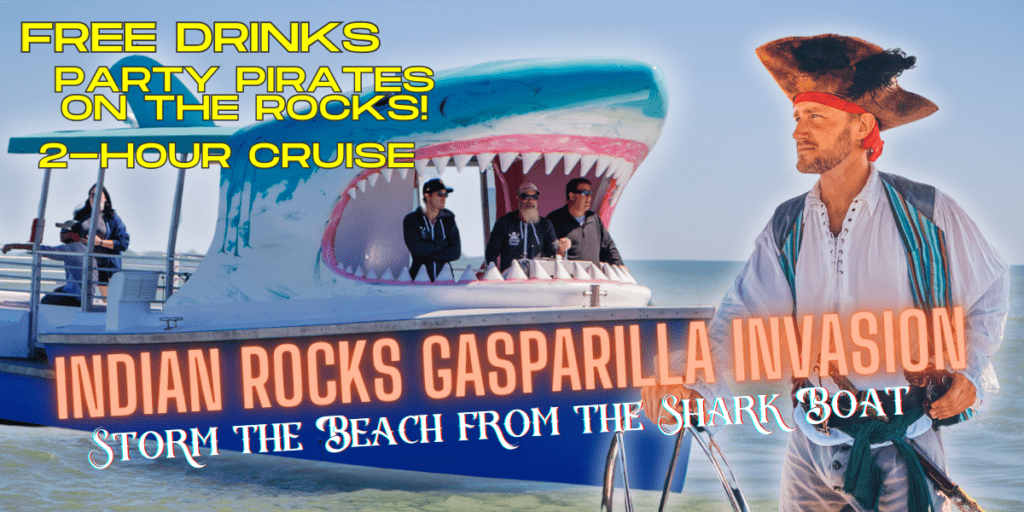Hurricanes and tropical storms can be a nuisance, or in worst cases, total devastation wreaking havoc on both land and sea. While humans are preparing for the worst or dealing with a storm’s aftermath, so are animals and marine creatures, leaving one to ask, “How do animals and marine creatures handle a hurricane or tropical storm?” Sadly, while many animals and marine species have trouble surviving, there is good news for bottlenose dolphins whose population doesn’t appear to be affected by massive storms.
Here’s why…
Dolphins Seek Deeper Waters
By nature, dolphins have the ability to sense danger (including major storms). Many scientists believe their ability to detect a storm is due to the decrease in salinity that occurs in the ocean after large amounts of rain. Since a hurricane’s rain bands typically occur several days in advance of the actual hurricane, dolphins have time to take precautions and seek refuge deep in the ocean. Due to their size and intelligence, they are able to swim freely in deep waters and avoid becoming food for predators.
They Produce More Calves
One of the unfortunate results of a hurricane or tropical storm is the decline of many marine species. This is where dolphin differ as the number of dolphin calves stay steady or even increase slightly after a storm. Dolphins typically give birth every three to five years, however the mother of a calf who dies can have another calf in about 12 months. Even if a large number of calves don’t survive a hurricane, the dolphin population is quickly restored with the birth of new calves.
Dolphin Eat Larger Quantities of Food
Seventy-five percent of the food dolphins eat are the same fish commonly caught through commercial and recreational fishing. A bad hurricane can wreak havoc on both commercial and recreational boats, leaving more fish for dolphin to eat and therefore bore healthier babies with a better chance for survival. For instance, in 2005 after Hurricane Katrina, the number of dolphin calves increased significantly leaving scientists to believe it was from having access to more food.
Want to witness smiling bottle-nosed dolphins in their natural habitat? Visit us in Madeira Beach, and make a memory of a life time on one of our sight-seeing dolphin tours. For more information, please give us a call!







